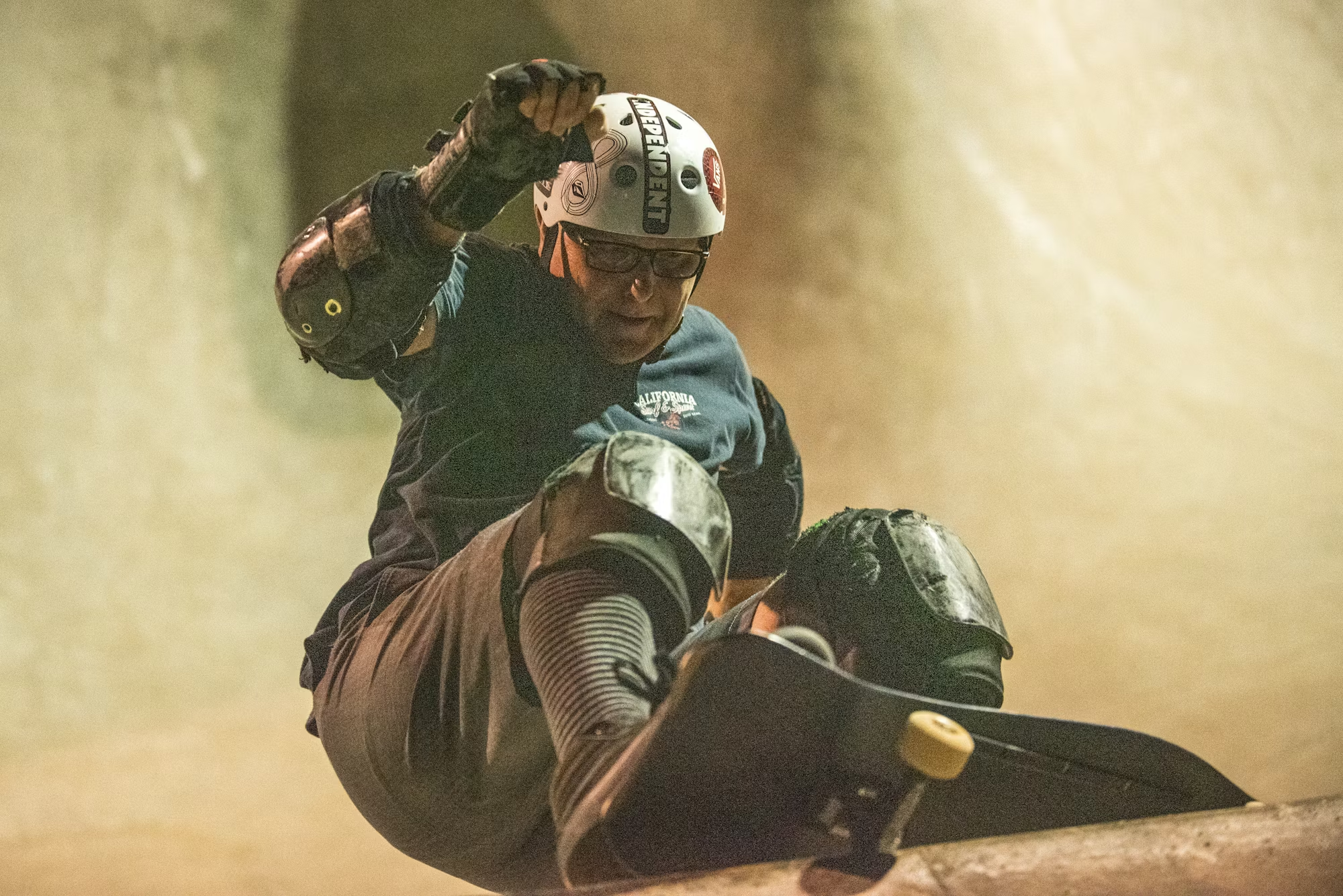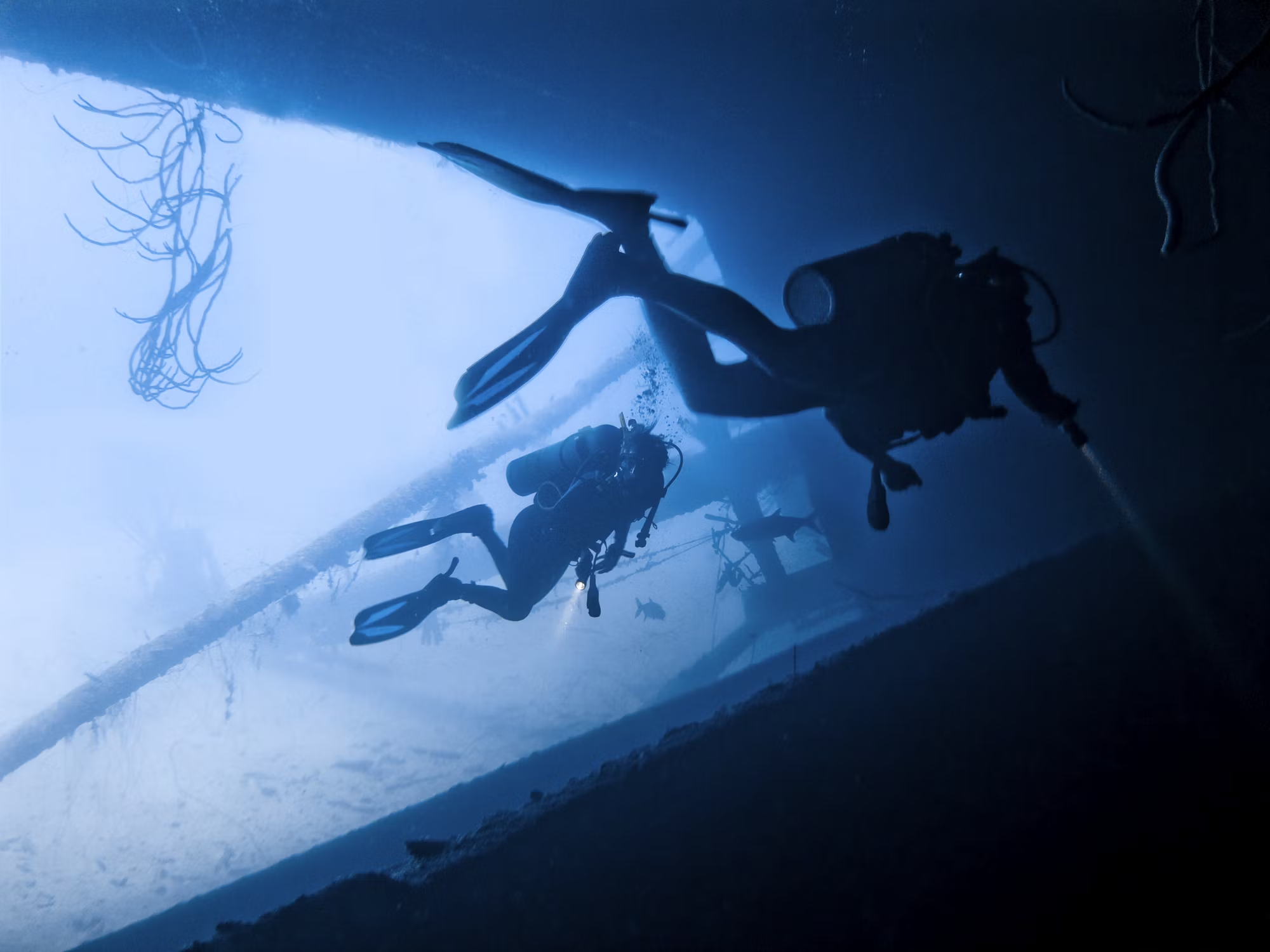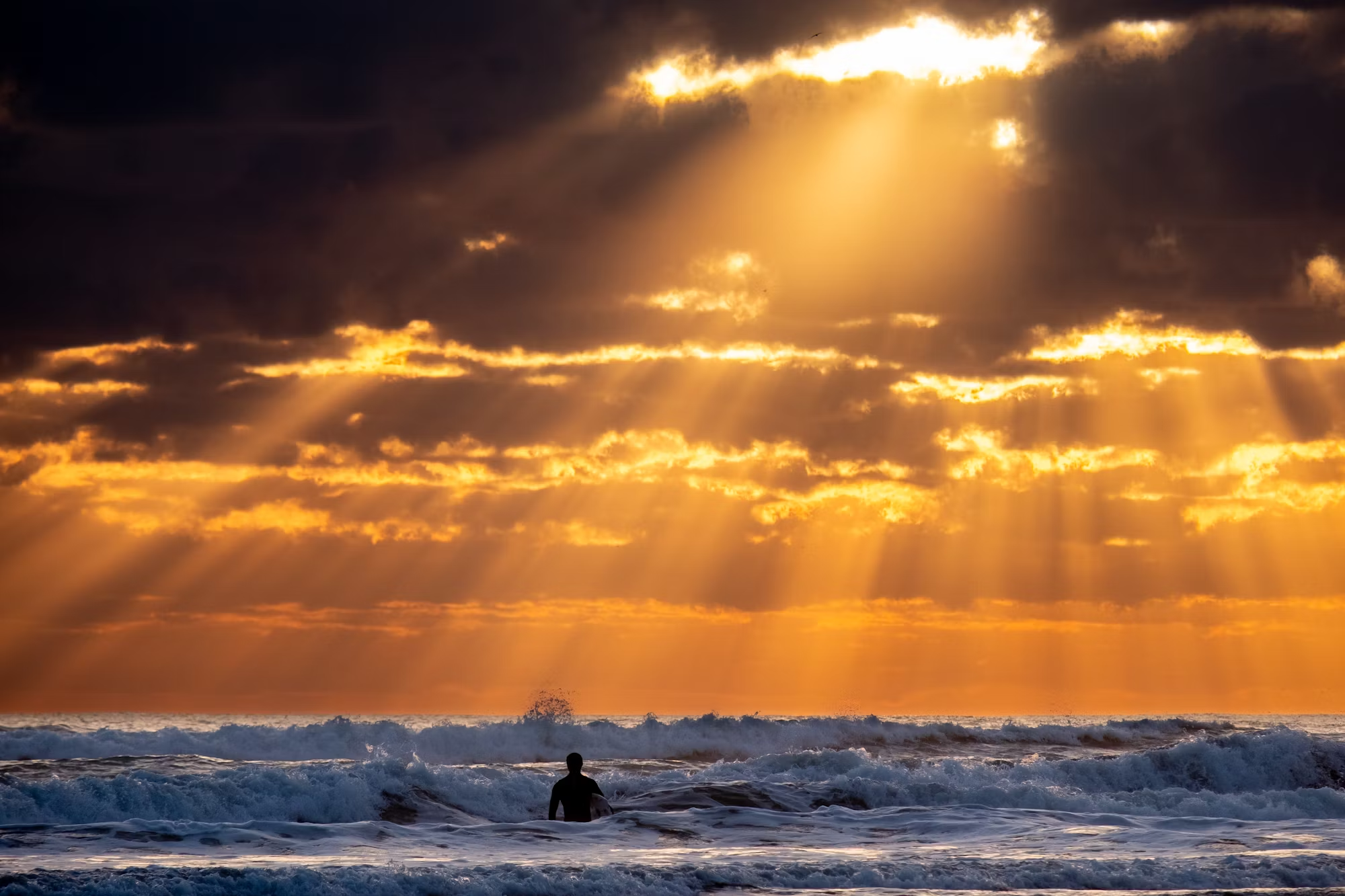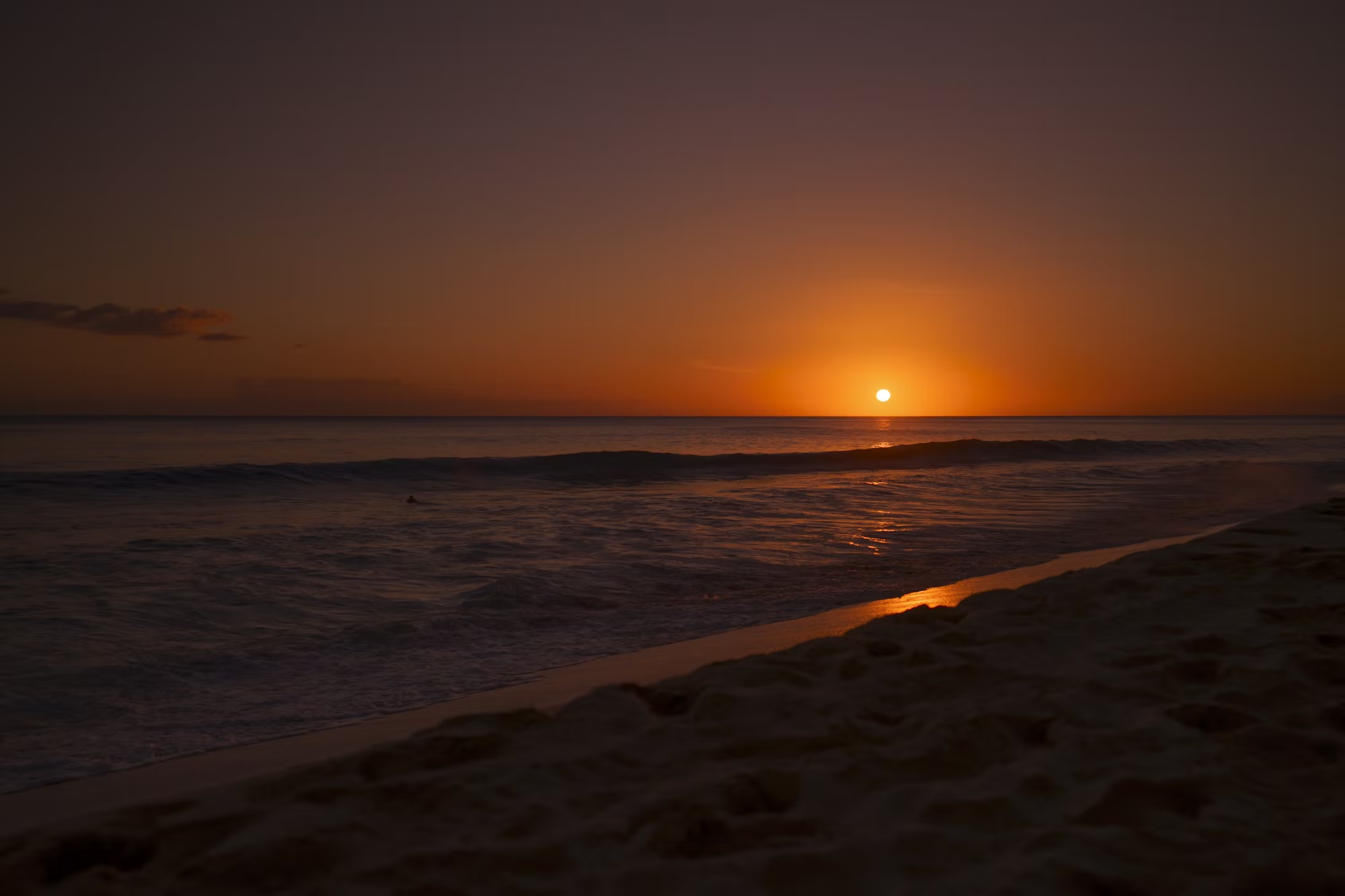Freestyle skateboarding is often regarded as one of the most artistic and technical forms of the sport, blending creativity with skill in a way that captivates both participants and spectators. Emerging in the late 1970s, freestyle skating evolved as riders sought to express themselves through intricate tricks and dynamic movements on flat surfaces. This article explores the history, techniques, and cultural significance of freestyle skateboarding, as well as the passionate community that keeps this unique discipline alive.
The roots of freestyle skateboarding can be traced back to California, where skateboarders began experimenting with tricks in empty swimming pools and on smooth concrete. As the sport gained popularity, skaters started to develop new maneuvers that showcased their balance and creativity. Pioneers like Rodney Mullen, known as the “Godfather of Street Skating,” played a pivotal role in shaping freestyle skateboarding, introducing a plethora of tricks that would define the discipline. Mullen’s innovative approach included the invention of tricks like the ollie and the kickflip, which later transcended freestyle and became staples across all forms of skateboarding.
One of the most defining characteristics of freestyle skateboarding is its emphasis on balance and control. Unlike other disciplines that may focus on speed or vertical height, freestyle requires skaters to maintain stability while executing a series of complex maneuvers. This includes tricks performed while stationary, such as the casper slide, where the rider balances on one foot while manipulating the board with the other. The ability to execute these tricks smoothly and fluidly is what sets skilled freestyle skaters apart, making it a display of both athleticism and artistry.
Freestyle skateboarding is often performed on flat surfaces, making it accessible to a wide range of participants. This accessibility has allowed freestyle to flourish in various environments, from local skateparks to urban settings. Skaters often create their own spaces to practice, whether in empty parking lots or on smooth sidewalks, demonstrating the adaptability and resourcefulness inherent in the freestyle community. The informal nature of freestyle skating encourages creativity, allowing riders to develop their own unique styles and approaches.
The aesthetic appeal of freestyle skateboarding is undeniable. Riders often incorporate dance-like movements into their routines, blending skating with elements of performance art. This fusion of styles creates a captivating experience for both skaters and onlookers, as the fluidity and grace of freestyle tricks mimic the rhythm of dance. Events showcasing freestyle skateboarding often feature music and choreography, transforming the practice into a visual spectacle that celebrates the artistry of the sport.
Freestyle competitions have played a significant role in promoting the discipline and fostering a sense of community among riders. Events like the Freestyle World Championships attract skaters from around the globe, providing a platform for talent to shine. These competitions not only showcase individual skills but also encourage camaraderie and support among participants. Freestyle events often feature categories based on skill level, allowing newcomers to compete alongside seasoned veterans, fostering a nurturing environment for growth and development.
The freestyle skateboarding community is characterized by its inclusivity and encouragement. Many skaters take pride in mentoring newcomers, sharing tips and techniques to help them improve their skills. This sense of community extends beyond competitions, as riders often gather at local parks or meetups to share their passion for freestyle. The bonds formed within this community create lasting friendships and connections, reinforcing the idea that skateboarding is not just a sport but a way of life.
While freestyle skateboarding may not receive the same mainstream recognition as street or vert skating, its influence is profound. Many tricks and techniques developed in freestyle have found their way into other disciplines, showcasing the innovation and creativity that defines the style. The ollie, for example, which originated in freestyle, is now a fundamental maneuver across all forms of skateboarding, highlighting the interconnectedness of the sport.
As with any sport, safety is an important consideration in freestyle skateboarding. Riders are encouraged to wear protective gear, such as helmets and knee pads, to minimize the risk of injury while practicing new tricks. The slow and controlled nature of many freestyle maneuvers allows skaters to practice in a safe environment, reducing the chances of accidents. As riders become more comfortable with their skills, they can gradually push their limits, building confidence and technique over time.
The evolution of freestyle skateboarding has also been influenced by advancements in technology and board design. Modern freestyle boards are typically lighter and more maneuverable, allowing skaters to execute tricks with greater ease. This evolution has led to the rise of specialized freestyle competitions, where riders showcase their skills on custom-designed boards tailored to their unique styles. These innovations not only enhance performance but also encourage riders to explore new techniques and tricks, keeping the discipline fresh and exciting.
Looking ahead, the future of freestyle skateboarding appears promising. As the sport continues to evolve, new generations of riders are emerging, bringing their own perspectives and creativity to the discipline. The rise of social media platforms has allowed skaters to share their tricks and routines with a global audience, fostering a sense of connection and inspiration among freestyle enthusiasts. Online communities and video tutorials have also made it easier for newcomers to learn and improve, ensuring that the art of freestyle skateboarding remains accessible to all.
In conclusion, freestyle skateboarding is a vibrant and artistic discipline that celebrates balance, creativity, and community. Its rich history, innovative techniques, and passionate riders contribute to its enduring appeal. As the freestyle community continues to grow and evolve, it remains a testament to the power of self-expression and the joy of skating. Whether performing tricks in a local park or competing on a global stage, freestyle skaters exemplify the spirit of creativity and camaraderie that defines the sport, ensuring that the art of freestyle skateboarding will continue to thrive for generations to come.



